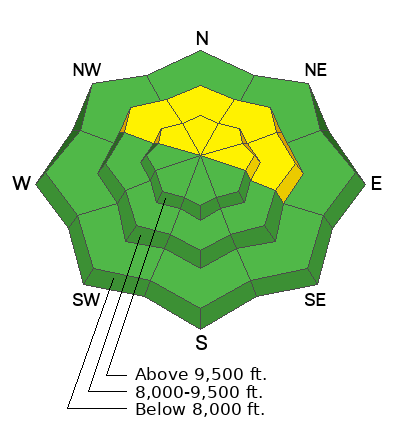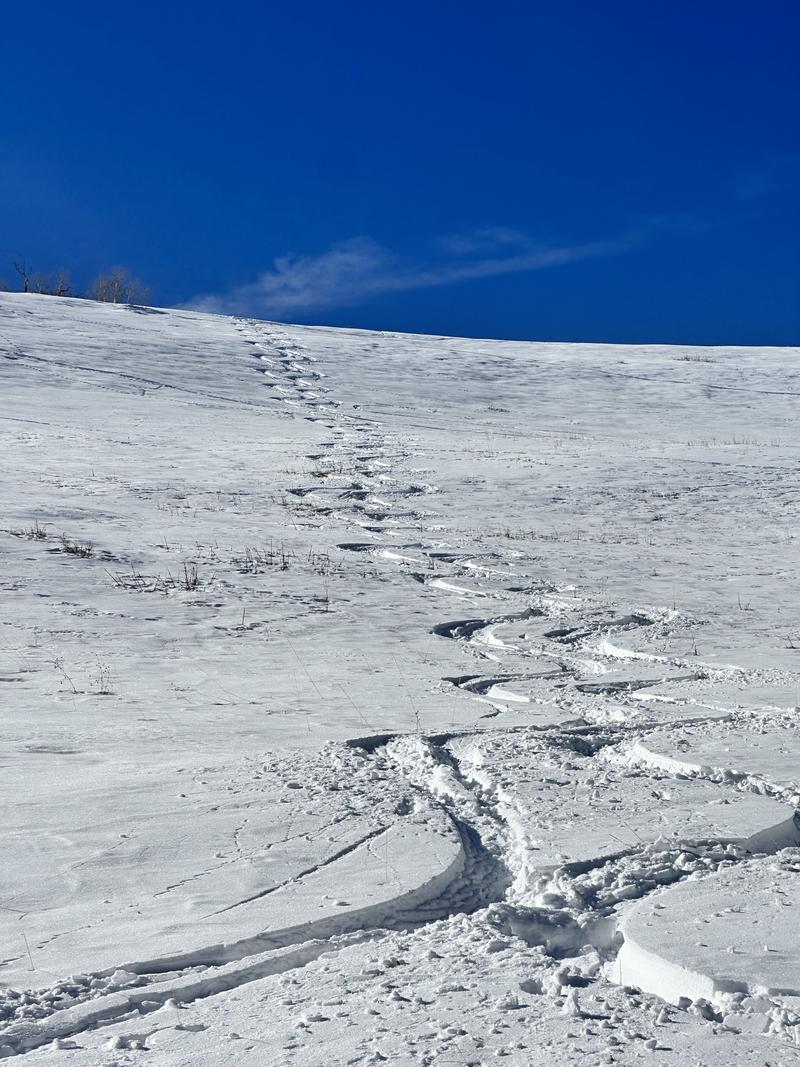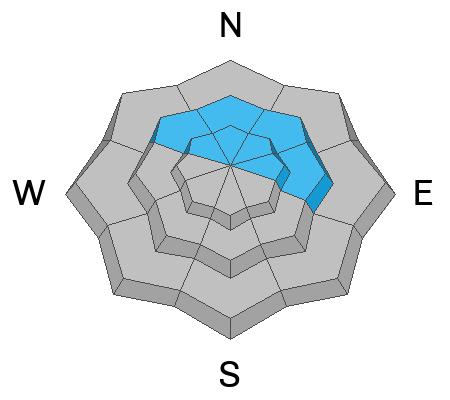Forecast for the Provo Area Mountains

Issued by Nikki Champion on
Thursday morning, December 5, 2024
Thursday morning, December 5, 2024
The avalanche danger is MODERATE on steep, mid- to upper-elevation slopes facing north to east. In isolated areas, it’s still possible to trigger a 1-3 feet deep avalanche failing on a persistent weak layer of faceted grains. This layering is slowly stabilizing, but it may take another day or two before the danger drops. In more wind-protected areas, small wet or dry sluffs may occur in isolated spots or extreme terrain.

Low
Moderate
Considerable
High
Extreme
Learn how to read the forecast here






